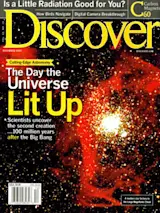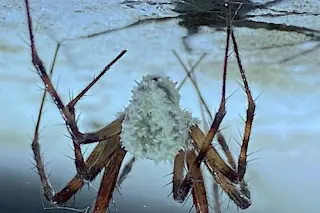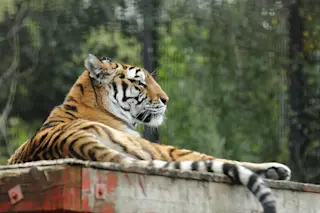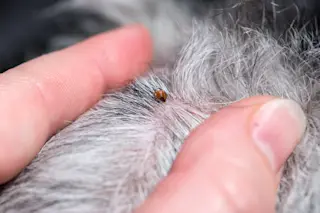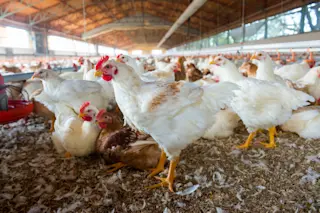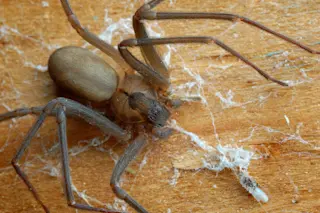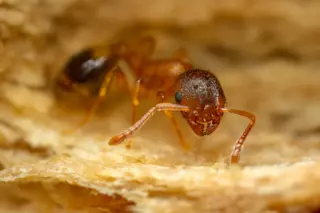,
Photograph by Imke Lass Beatrice Hahn has spent years tracking a predator that cannot be caged and cannot be seen: HIV, the virus that causes AIDS. Three years ago Hahn, a virologist at the University of Alabama at Birmingham, announced she had traced the most prevalent form of the virus, HIV-1, to related strains found among chimpanzees in west central Africa. Somehow the viruses spread to humans, sparking the current pandemic. Hahn's studies also alerted her to the spiraling trade in meat from wild animals, called bushmeat, which threatens chimps, gorillas, and orangutans and many other primate species with extinction. To mark World AIDS Day on December 1, Hahn discussed the latest insights into the disease with associate editor Josie Glausiusz.
Why do we need to understand the origin of HIV? More than 40 million people are now estimated to have HIV infection or AIDS. Any time you have ...


